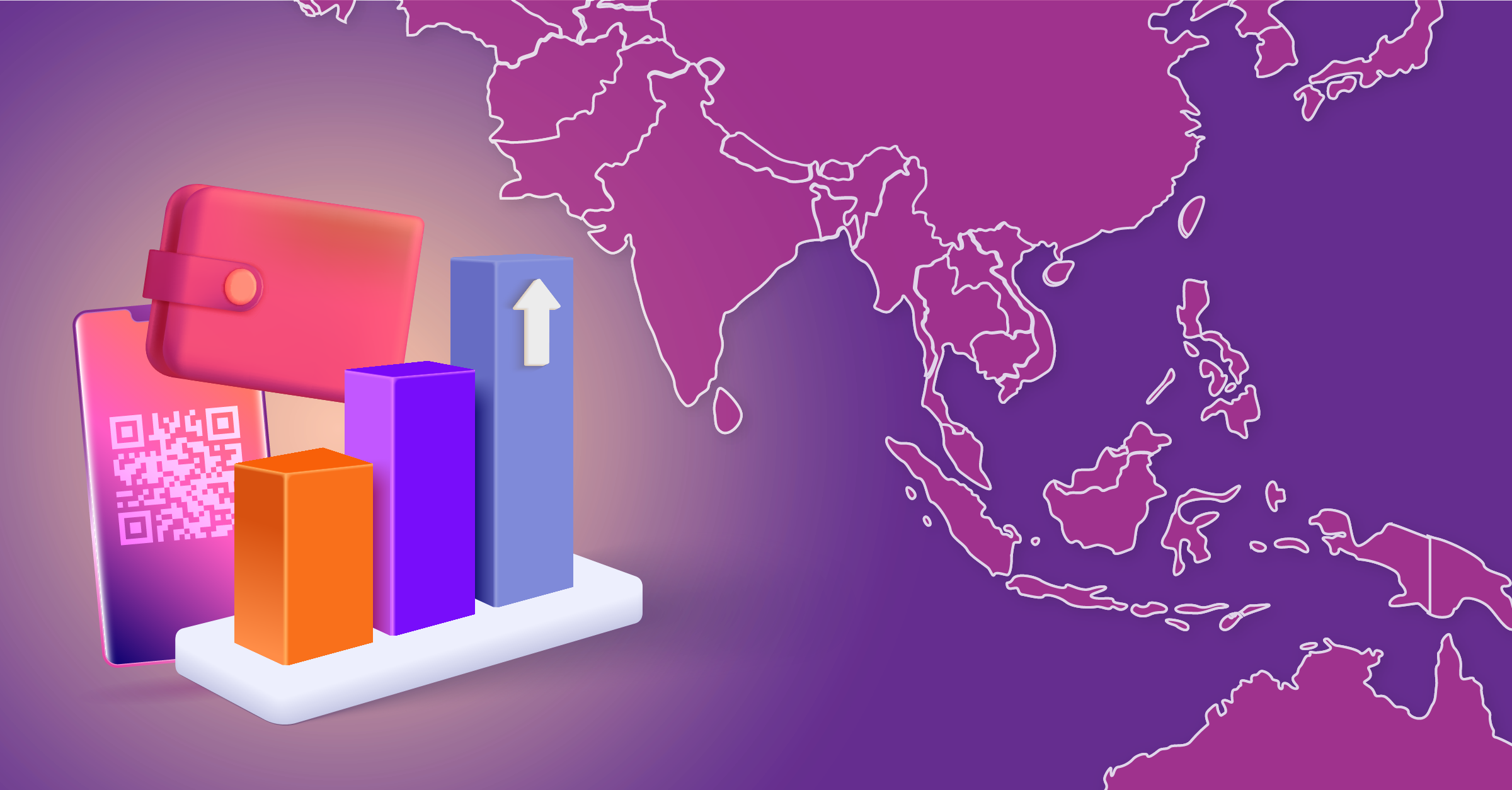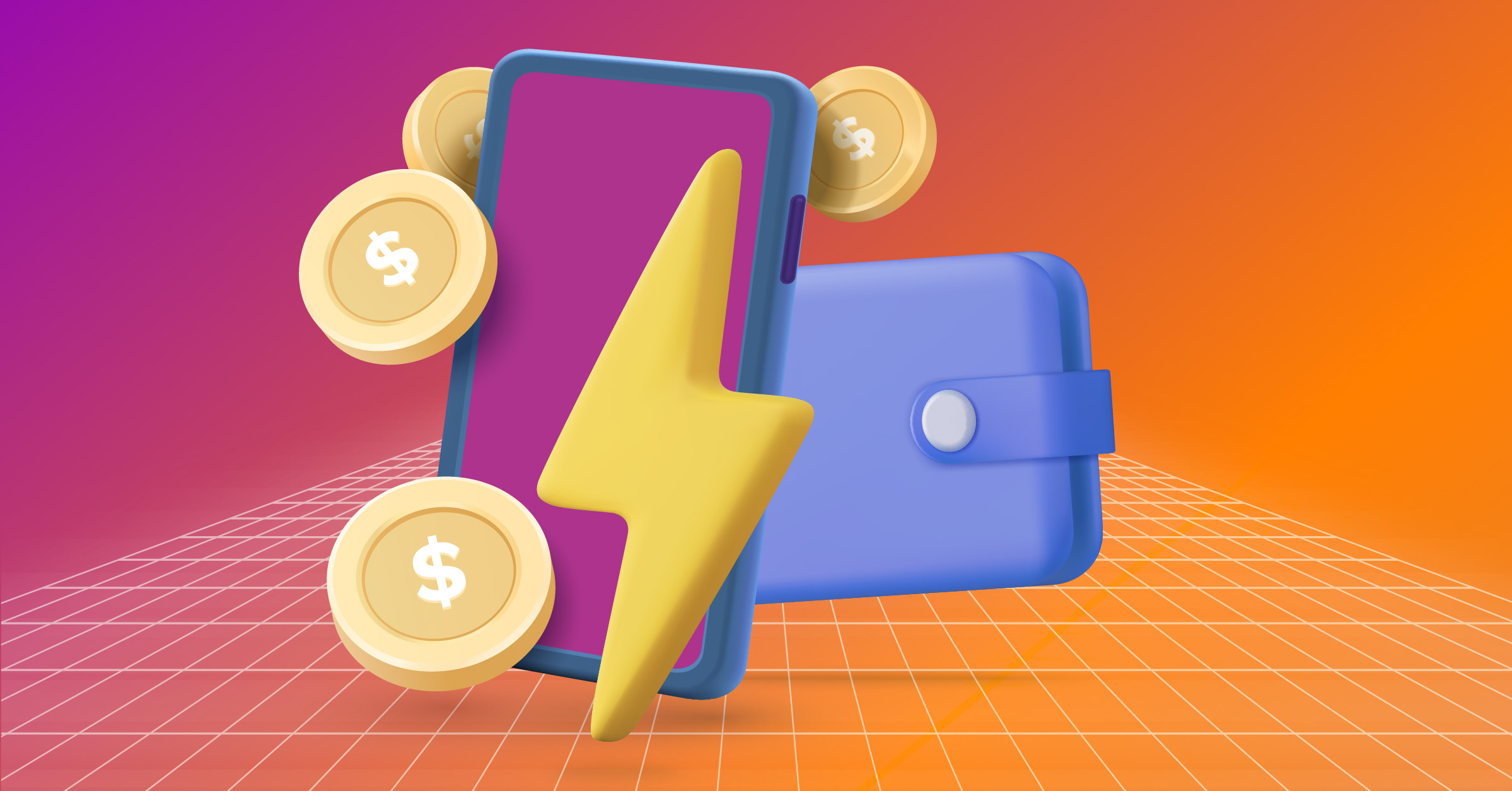
Millions of consumers are experiencing financial inclusion in MEA for the first time. Accessing financial products like online payments, saving accounts and credit facilities which are delivering choice and freedom. Smartphone penetration, regulatory changes and a move away from cash influenced by the Covid-19 pandemic – these are all influential factors driving expansion and adoption in the mobile payments market in the Middle East and Africa.
Boku’s VP and GM for the region Allen Samawi commented: “For international and global merchants, the directive is evident: to penetrate emerging markets and access millions of potential customers successfully, incorporating digital local payment methods through a local payment specialist is a crucial strategy for ensuring a successful expansion.”
Unlike Europe, North America and other regions where cards are well established as payments gatekeepers, local payments providers have been the innovators in emerging markets — digital/mobile wallets and A2A in particular stand out. Piggybacking on the rapid rate of mobile phone adoption these market pioneers have eclipsed banking services as consumers’ go-to choice for payments and other services. In the Middle East, some 90 percent of customers own a smartphone. Smartphone penetration is currently about 50% in sub-Saharan Africa, but it is forecast to reach 88% by 2030.
In most of the countries, governments and central banks are moving to make the payments landscape even more digital. This helps to make payments more efficient and secure, but also expands consumer’s access to goods, services and even employment opportunities beyond those who live within reach of a physical bank location.
In this article, we take a deeper look at the payments landscape in three countries that are emblematic of the transition underway across Africa and the Middle East.
Saudi Arabia
- Population: 37 million
- Smartphone penetration: 90%
- eCommerce market value: $16 billion
The Kingdom of Saudi Arabia has set aggressive targets for digitization of banking and payments, with the goal of 70 percent digital payments by 2030. This push has seen digital payments rise to a 45% share of all point-of-sale transactions in the Kingdom, where nearly 75% of adults have an account with a financial institution or mobile payments provider. One such provider, the STC Pay digital wallet, has 8 million users who add money from various sources (cash, Apple Pay, credit/debit cards, bank transfers) to perform their day-to-day transactions – at home and internationally. Other local digital wallets like Urpay, Barraq and Mobily pay are helping the market to evolve.
Another major innovation is Sarie – operated by Saudi Payments, a spinoff of the Saudi Central Bank. Sarie is a standard bearer for instant payment solutions in the Kingdom, meeting international interoperability and security standards. It has been adopted by all Saudi banks and provides a level playing field for all businesses and individuals. With bank account penetration rising to nearly 90% Sarie will become increasingly attractive for consumers and important to merchants
Nigeria
- Population: 222 million
- Smartphone penetration: 49%
- eCommerce market value: $10.7 billion
With the aid of the cashless policy first instituted in 2012 by the Central Bank of Nigeria, Nigeria's Financial Inclusion numbers grew from 54% in 2012 to 74% in 2023 according to EFInA. The cashless policy ensured the implementation of structural changes required to develop the Nigeria’s payment landscape. The cashless policy initiatives helped to develop into a diverse payments market where no single payment method is overly dominant and consumers have access to a variety of secured payment methods at low or zero cost, unlike Mobile-first markets such as Ghana and Kenya or Bank led markets like South Africa and Morocco. The key payment methods in Nigeria include local and international payment cards (debit, credit & prepaid), real time payment account to account (A2A) transfer service, Unstructured Supplementary Service Data (USSD) and mobile money wallets. Each payment method has attained its individual maturity in terms of distribution network, stability, customer adoption and security.
In a 2022 publication, “Fintech in Africa: The end of the beginning”, where McKinsey categorized Nigeria as a Disrupted Market because her "payment rails are in place, high levels of fintech activity, rapidly evolving market”. In a diverse payment landscape like Nigeria, it's not surprising that A2A schemes, such as Nigeria Inter-Bank Settlement System Plc (NIBSS) Instant Pay (NIP), have become key payment methods for merchant transactions. NIP facilitates direct access to more than 134 million active accounts, allowing for instant payments to merchants through various channels, including mobile banking apps, mobile money services, fintech apps, USSD, Internet Banking, ATMs, and POS Cash-out Agents. This extensive access to 134+ million accounts significantly surpasses the total number of payment cards in the market.
NIBSS holds a dominant position in Nigeria’s A2A transfer market, processing over 80% of all interbank A2A transfers through its NIP rails. Its widespread adoption can be attributed to its reliable infrastructure that ensures a transaction success rate above 90%, sheer size of NIP network i.e., connectivity to every bank in Nigeria and the backing of the Central Bank. It is good to note that NIBSS, Nigeria's ACH and Central Switch is owned by the Central Bank and all commercial banks.
In summary, the strength of the Nigeria payment space lies in its growing digital population via smartphone adoption, an innovative and a strong regulator and its large and evolving payment ecosystem players. For a country like Nigeria, the future of payment is certainly local and diverse.
Across Africa
Change is happening fast in other parts of the region. M-PESA's success story in Kenya has transcended borders, expanding its footprint into several markets. Currently, M-PESA serves over 50 million customers and processes upwards of 70 million transactions daily. Its reach extends across Kenya, Tanzania, Mozambique, the Democratic Republic of Congo (DRC), Lesotho, and Egypt, facilitating transactions exceeding $300 billion annually. Furthermore, M-PESA has recently launched in Ethiopia and concludes the year 2023 with 3.1 million M-Pesa users.
In 2023, South Africa introduced PayShap, a groundbreaking A2A payment system. This initiative was launched through a collaboration between BankservAfrica, the automated clearing house owned by South African commercial banks, the South African Reserve Bank, and the Payments Association of South Africa, in conjunction with the South African banking community. PayShap aligns with the South African Reserve Bank's Vision 2025 strategy, aiming to overhaul and modernize the country's national payment system framework to meet the evolving needs of businesses and consumers. The scheme offers three key product features: pay by account, request to pay, and pay by proxies, such as phone numbers. Notably, the concept of using a phone for bank payments is a novel development in South Africa
Tanzania Mobile payment systems have caught on faster than in most other African countries: mobile wallets have 70% market share of the mobile payments, compared to just 25% for cards, and increasing customer preference for mobile payments in place of cash or cards. All are convincing signs that the Tanzanian market is ready for merchants who embrace mobile payment systems. The predominant players are Vodacom M-PESA, Tigo Pesa, and Airtel Money, commanding market shares of 39%, 35%, and 26%, respectively. These three operators collectively cater to a substantial portion of the mobile money subscribers in Tanzania, surpassing 47.5 million users.
MTN MoMo is another success story across the region with more than 60 million active users. Ghana is considered their biggest mobile wallet market. The mobile wallets are the most used payment method in country with MTN MoMo leading the way as market leader, followed by Vodafone cash and in a distant third, Airteltigo. The real time A2A provider and Central Bank owned ACH, Ghana Interbank Payment and Settlement Systems (GhIPSS) may be the key to disrupt the dominance of mobile wallets in Ghana. Even though GhIPSS is the architect of the mobile money interoperability service that reinforced mobile wallets’ dominance in the market. With the close relationship between the Ghanaian and Nigeria payment ecosystem, we expect the fintech ecosystem to embrace pay with GhIPSS’ A2A (GhIPSS Instant Pay) for eCommerce transactions in the future like our experience in Nigeria. With that said, we believe the mobile wallets will remain the dominant payment methods in Ghana in the coming years.
Conclusion
With customers choosing local payment methods over cash and international cards scheme, countries enacting cashless policies and customer habits increasingly taking them to complete transactions online, the local payments market in Africa and the Middle East is poised to continue its strong growth in the years ahead.
To learn more about how to influence customer acquisition and retention by adding local payment methods into your payments strategy, read our latest case study on Subscriber growth in non-credit card markets.
Popular articles
No items found.













